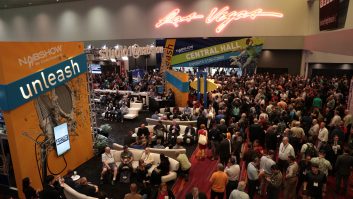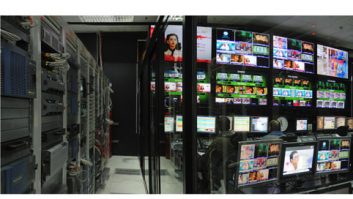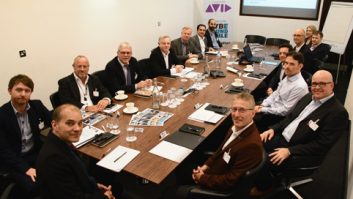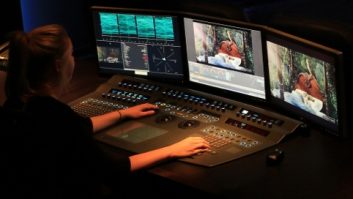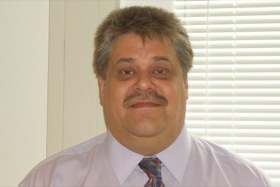In its new global study report for the automation arena, ‘Broadcast Automation World 2007’, DIS Consulting Corporation has identified that playout is the single most widespread application in use in the technology today. However, at the same time it identifies that application as saturated and in decline compared to other applications, writes Douglas I Sheer.
Conducted in the autumn of 2007 and published in December, the study looked at automation use amongst over-the-air broadcasters & cable tv, institutional (comprising corporate, governmental, educational, medical and religious), production and telco segments worldwide, dividing the findings drawn from over 570 professionals responding into four geographic regions: USA, EMEA, Americas and Asia-Pacific.
Initially in this sector some compression of brands has taken place, with Harris absorbing Louth into its domain some years back. Other companies have merged as well. Leaders in the genre include Harris and Crispen, Pro-Bel, Florical Avid/Sundance, Omnibus and Microfirst. But today the automation industry features a plethora of systems or software solutions from over 40 different firms and keeps attracting new entrants.
Playout is still seen among the applications most commonly identified by the respondents worldwide. But it is news, distribution, NVoD/VoD, ingest, ad insertion, commercial break-off and mobile that are on the increase. Overall, playout represents about 62% of the reported automated applications installed worldwide, but that application is the most saturated and is therefore not as actively identified in sales this year. Ingest, comprising about 14% of installed applications of automation is still seeing more growth, at least greater than playout. Ad insertion/traffic comes in at 7% and news at 6% of most common applications of automation technology, globally. Then media management, comprising 3% of the installed systems, to which should be added the 8% of the respondent systems that were identified as being put to combined uses (in which any number of automation uses may be combined).
System prices can vary pretty widely, due to the number of channels supported and the application-specificity of their individual configuration. But, the average system is either single-channel or supports a limited number of channels and costs an average of $68,500 per system. Otherwise, automation prices can range from a low of about $35,000 to a high of over $150,000 per system.
Facility workflows were cited as critical in how the most common system components were automated. Those components included, but were not limited to, servers, recorder/players, media asset management systems, editors, newsroom systems, transmitters, encoders and decoders, storage devices and mega-systems (such as RAID, NAS, SAN, and mass or clustered systems) and a variety of audio devices as well. What order those components were staged in often accounts for the success of the particular facilities automation scheme. Users are often cited as saying that their system is unique and it is true that nearly every application and user site contains some aspect that is unique to their use. That said, there are more commonalities amongst them than uncommonalities.
Among the market drivers that have propelled users to continue to buy automation solutions today are: the demand for labour saving as a cost-cutting measure, the switch from analogue or SD to HD, the tendency towards multicasting and media publishing channels, the general addition of more channels, the overall digital build-out, the use of PSIP and other quality control and monitoring approaches, addition of extra language services, the increased media server-centricity of the market, the growth of storage systems and the deployment of hub and spoke distribution structures.

